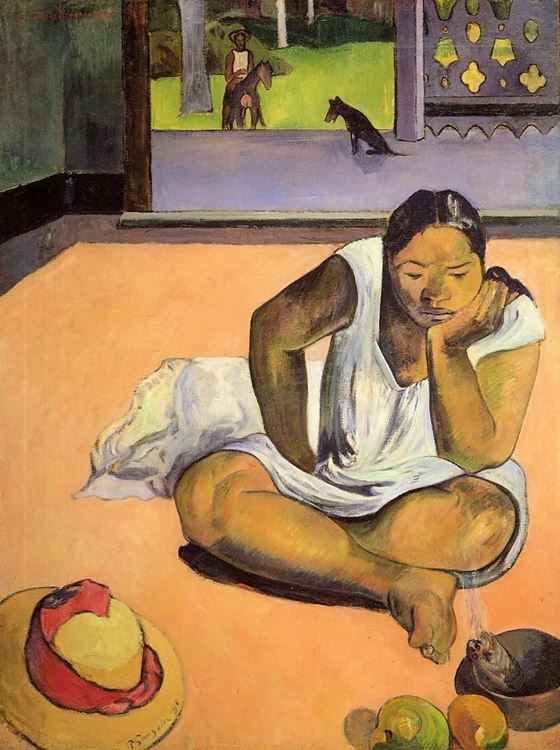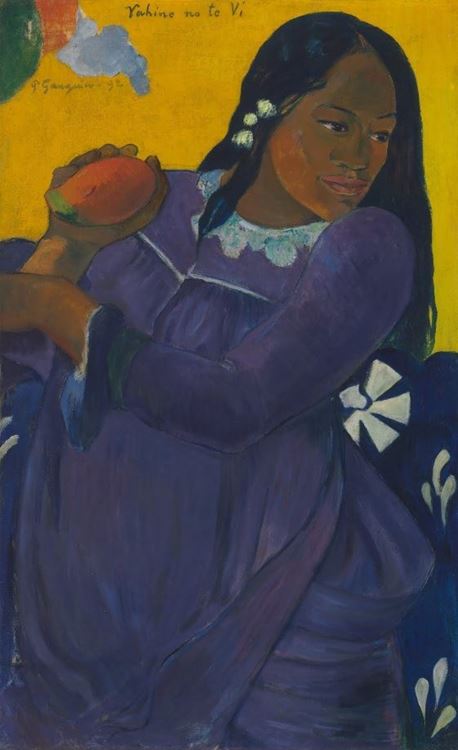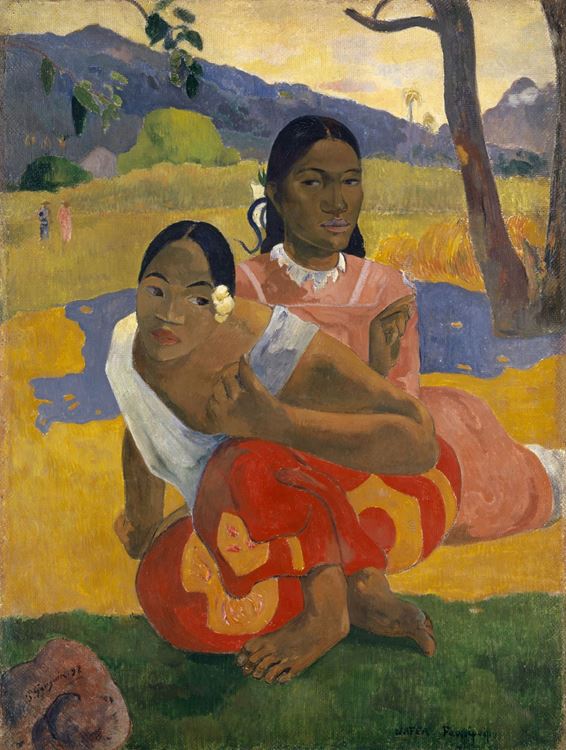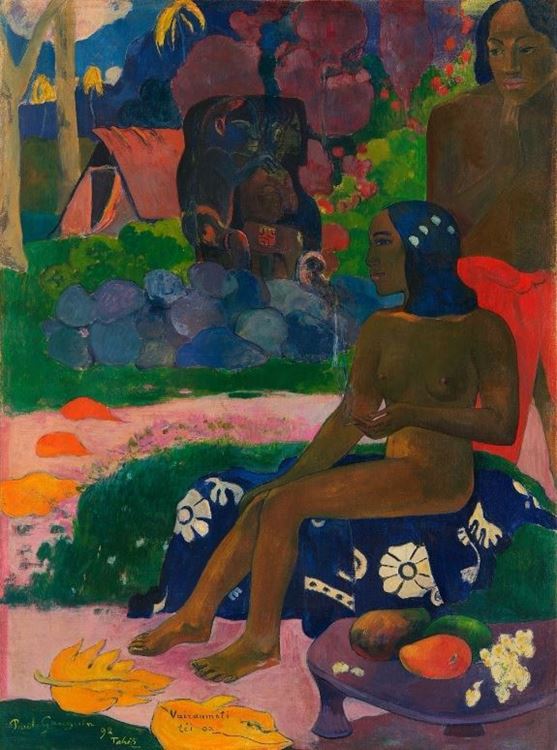Pictures of the First Tahiti Period - Paul Gauguin
The French painter Paul Gauguin (1848-1903) left for Tahiti in April 1891. Gauguin first settled in Papeete, the capital of Tahiti. When he could not find themes representing the traditional Tahiti lifestyle, traditions, and culture, he moved to Mataeia on the southern shore of Tahiti. He started living in a hut here. In the first paintings he made, he tried to capture only the environmental characteristics of this island. Gauguin made his first Tahitian landscapes here.
One of his first portraits in Tahiti was "Woman with a Flower". A Tahitian woman dressed in a European-style dress was depicted. Gauguin's compositions in Tahiti were generally based on two figures. In his paintings, he depicted sitting, standing or lying figures. There was no narrative connection between these figures. Gauguin found what he was looking for in the artistic sense in Tahiti. But happy days would not last long. Although his three years in Tahiti were fruitful, his illness and shortage of money forced Gauguin to return to France in 1893.
The Bananas, 1891

Musée d'Orsay, Paris, France.
Conversation, 1891

Hermitage Museum. St. Petersburg, Russia.
Tahitian Landscape, 1891

The Minneapolis Institute of Arts, USA.
Tahitian Women, 1891

Musée d’Orsay, Paris, France.
Brooding Woman, 1891

Worcester Art Museum, Massachusetts, USA.
Hail Mary, 1891

The Metropolitan Museum of Art, New York, USA.
Woman with a Flower, 1891

Ny Carlsberg Glyptotek, Copenhagen, Denmark.
Woman with a Mango, 1892

Baltimore Museum of Art, Baltimore, USA.
When Will You Marry?, 1892

Private collection.
Her Name is Vairaumati, 1892

The Pushkin Museum of Fine Arts, Moscow, Russia.
Spirit of the Dead Watching, 1892

Albright-Knox Art Gallery, New York, USA.
What's New?, 1892

Staatliche Kunstsammlungen, Dresden, Germany.
We Shall Not Go to Market Today, 1892

Kunstmuseum, Basel, Switzerland
Amusement, 1892

Musée d'Orsay, Paris, France.
By the Sea, 1892

National Gallery of Art, Washington, USA.
Paul Gauguin: Pictures of the Second Tahiti Period
Bibliography;
Walther, I.F., (2005). Gauguin, Birinci Basım, Taschen/Remzi Kitabevi, İstanbul.
Çev:Göktepe, E., (2012). Gauguin, Birinci Baskı, Yapı Kredi Yayınları, İstanbul.












